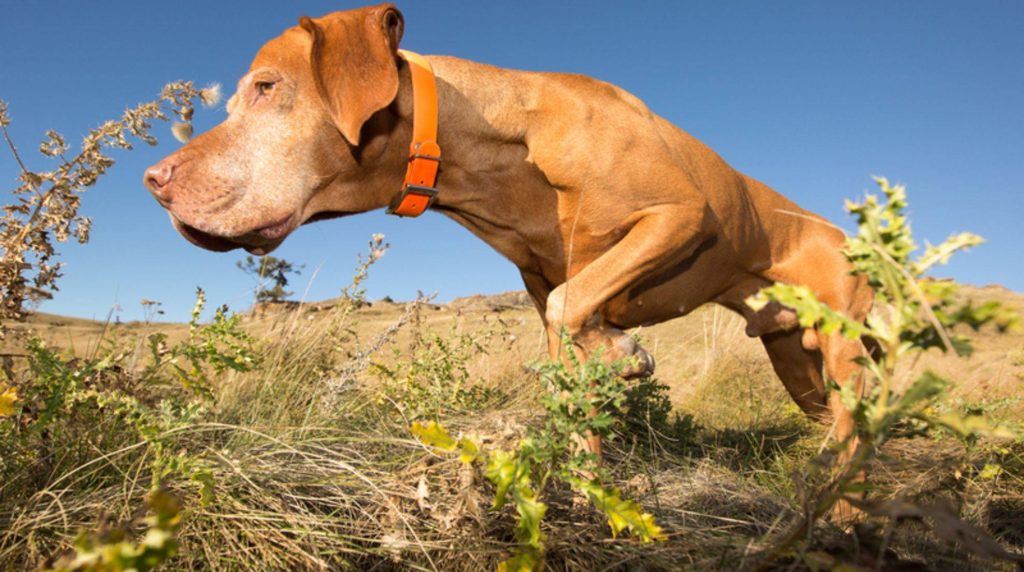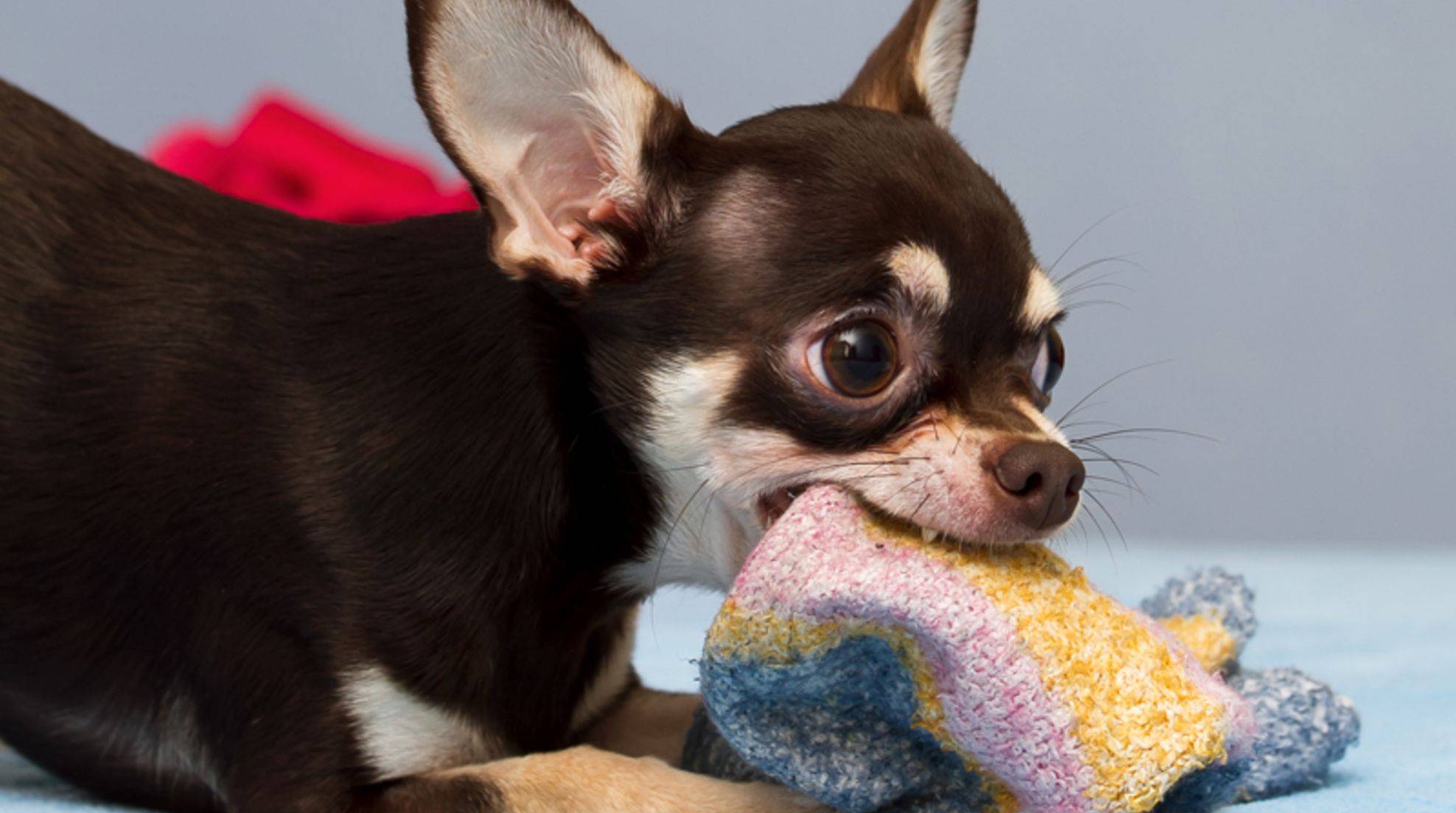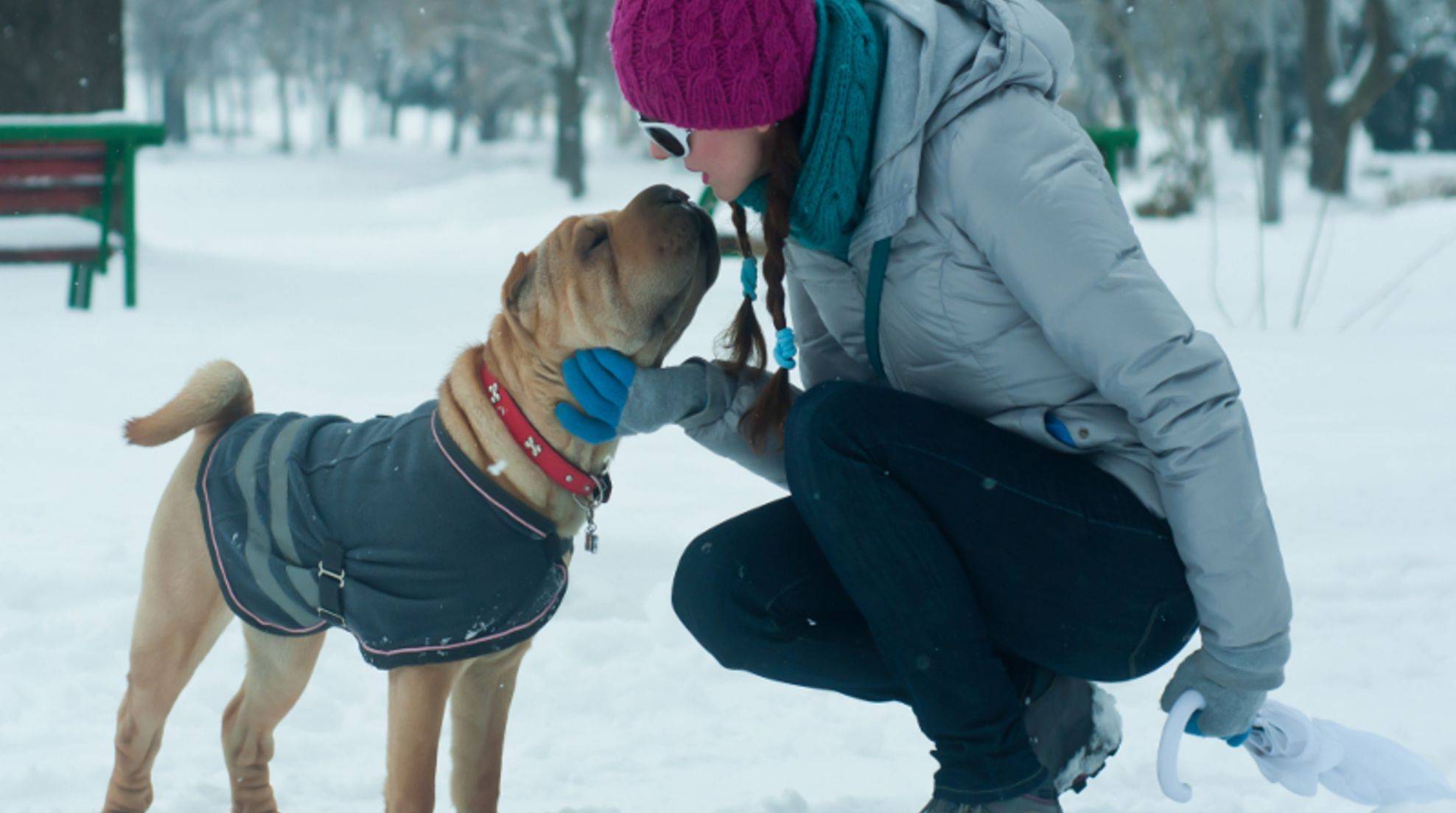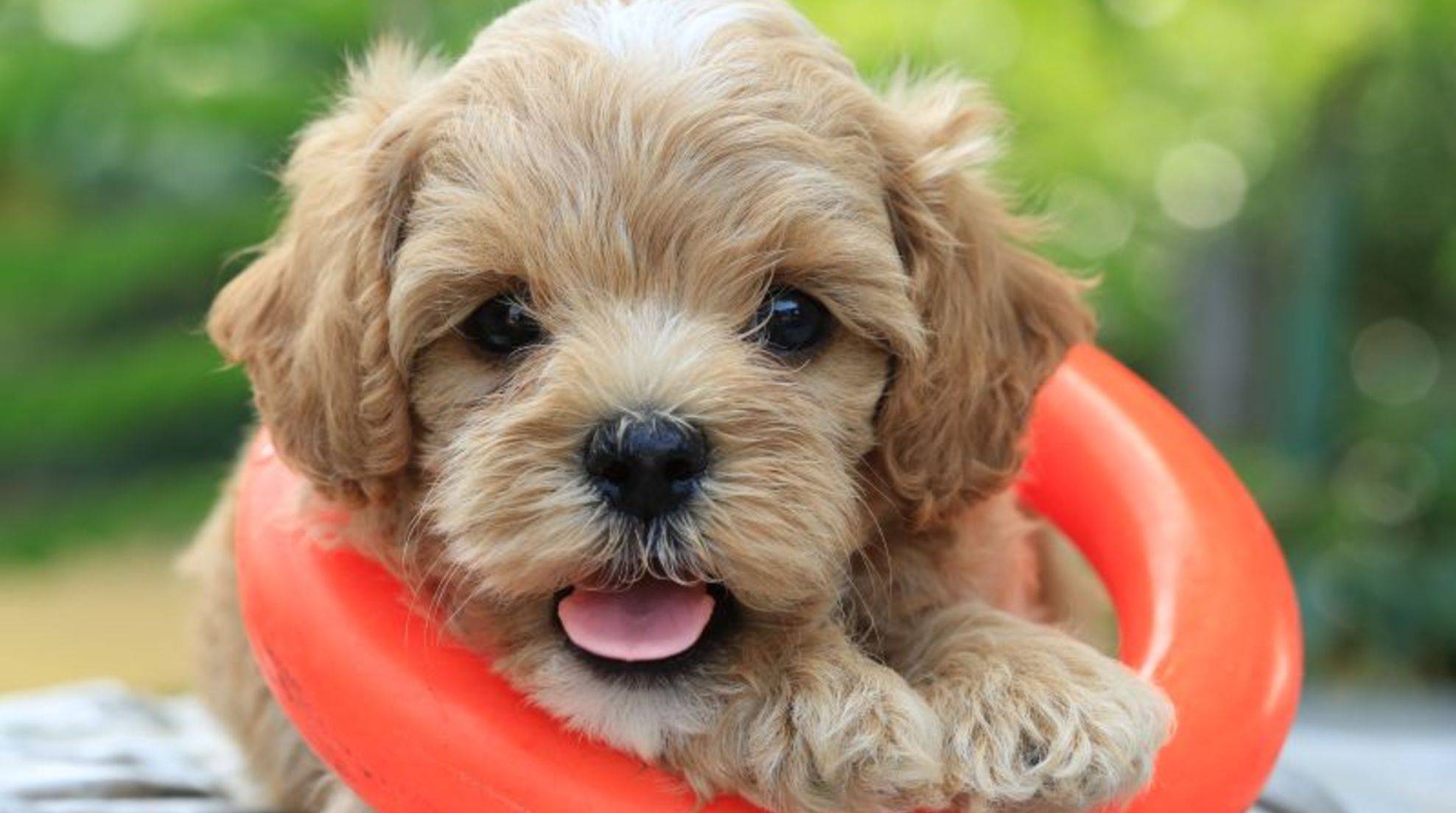Utility dog test: disciplines, rules, and procedure
The working dog test, which concerns the sport of working dogs, was held in this country until 2011 as an eventing test for working dogs. It consists of three disciplines: tracking, obedience, and protection. Read here how exercises and procedures of the test look like.
The working dog test conducted in the protection dog sport should challenge your four-legged friend and, above all, be fun. The previously used word “versatility test” is to be taken literally: Your faithful companion may be more inclined to be a tracking dog. As the dog handler, you must then decide whether your furry nose should be trained as a pure tracking dog or in all three disciplines.
Utility dog test in dog sports: Definition
The working dog test in working dog sports, also called eventing, is taken according to the International Testing Organization (IPO) rules. The different sport disciplines are also called divisions. In addition to the functional test, which includes all three divisions, there are individual tests for tracking and protecting dogs.
To be allowed to enter the working dog sport, you must first have successfully passed the companion dog test. After that, it often takes years until your four-legged friend can successfully pass a comprehensive working dog test. Accordingly, patience, discipline, and diligence are necessary during training.
Tracking work in the working dog test
In tracking work, you lay a track yourself by placing one foot after the other and thus walking straight. In the end, place a treat or toy on the ground. Let your dog watch to give him additional stimulation. As you go along, make the task more difficult with wavy lines, right or acute angles, and several objects on a track.
Experts in this discipline can follow tracks almost two kilometers long even after three hours and regardless of the weather – and find all the small and large objects that have been laid out. The requirements begin with tracks of 400 to 800 steps and three things per track in the test.
Subordination in the working dog test
In the subordination section, the relationship between handler and dog is examined. The goals are joint, harmonious running, and a joyful, correct, and fast execution of the exercises. These include the main components of footwork, sit, down, retrieve, send ahead, and down. In addition, the requirements also include the shot indifference and running through a crowd without the slightest aggression.
Schutzdienst in the working dog test
In the Schutzdienst discipline, your dog’s temperament is judged. The department in the working dog sport in which the quadruped is most strongly loaded, and notably, much training is necessary. He gets into high drive situations during the exercises and must nevertheless immediately return to respectful behavior from the individual stimulus situation. Balance, nerves of steel, self-confidence, and the ability to work under pressure are the decisive prerequisites for successfully passing this test.
The exercises in the Schutzdienst are Patrol after the helper, placing and barking, and an attack of the helper on the dog. As soon as the helper stands still, the dog must show enough overview and control to guard him only. In the created resting phase of the quadruped, the helper uses the favor of the hour to flee. The dog may take up the pursuit only when the handler gives the appropriate command. Afterward, he is to put the helper at a distance. The helper attacks again, and the dog is to fend off the invasion of the helper.








